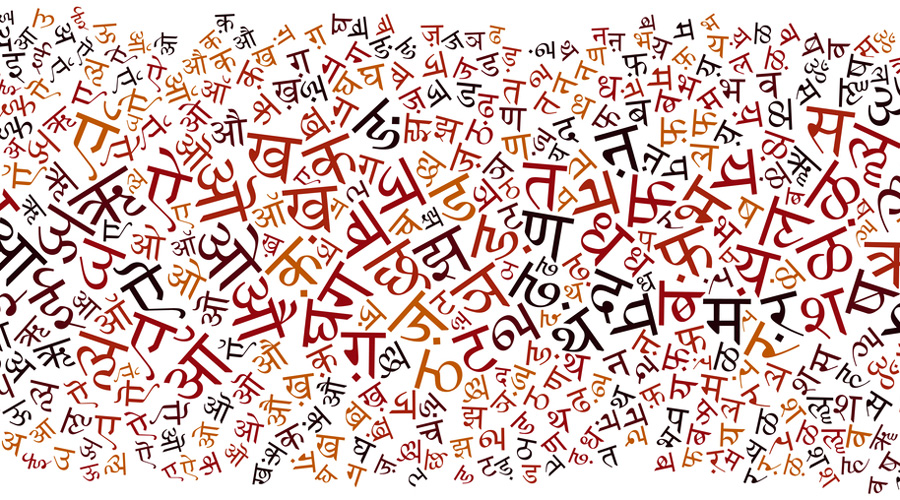
Poet wants to describe a scene where a “मधुबन” (garden) is lacking, both in blossoming flowers and young children. श्लेष (Shlesh) (Pun) – when a word is used once but it gives more than one meaning.Įxample: मधुबन की छाती को देखो, सूखी इसकी कितनी कलियाँ। Here, “कलियाँ” means the flower that is not fully blossomed/Young children. यमक (Yamak) (Homonym) – when same word repeats more than once but each time its meaning is different.Įxample: सजना है मुझे सजना के लिए। Here, “सजना” means to make up/lover.ģ. अनुप्रास (Anupras) (Alliteration) – When a consonant word repeats serially more than once.Įxample: घेर घेर घोर गगन।. Most common शब्दालंकार (Shabdalankar) that you might find in the Hindi poetry are:ġ. अर्थालंकार (Arthalankar it came from two word Artha (Meaning) + Alankar (Ornaments)) – The meaning of words that creates the required enhancement. शब्दालंकार (Shabdalankar, it came from two word Shabdh (Word) + Alankar (Ornaments)) – Certain specific words that create an ornamental effect in a verse/poem.Ģ. Just like the women use ornaments to enhance her beauty, Alankar in Hindi language are used essentially to enhance the beauty of a poem.Īlankar are broadly classified into two groups, these are:ġ. अलंकार (Alankaar) is a figure of speech which means ornaments or adornments. Translation from English to Hindi and vice versa.Today, I would like to talk about an interesting topic in Hindi grammar.Nomination of officers/employees for Hindi conferences/workshops organised by Non Government Organisations/Institutions.To reply letters received from applicants under RTI Act, 2005.Organizing various competitions on the occasion of Hindi Day/Fortnight and distribution of awards.Implementation of various incentive schemes to promote use of Hindi.





 0 kommentar(er)
0 kommentar(er)
